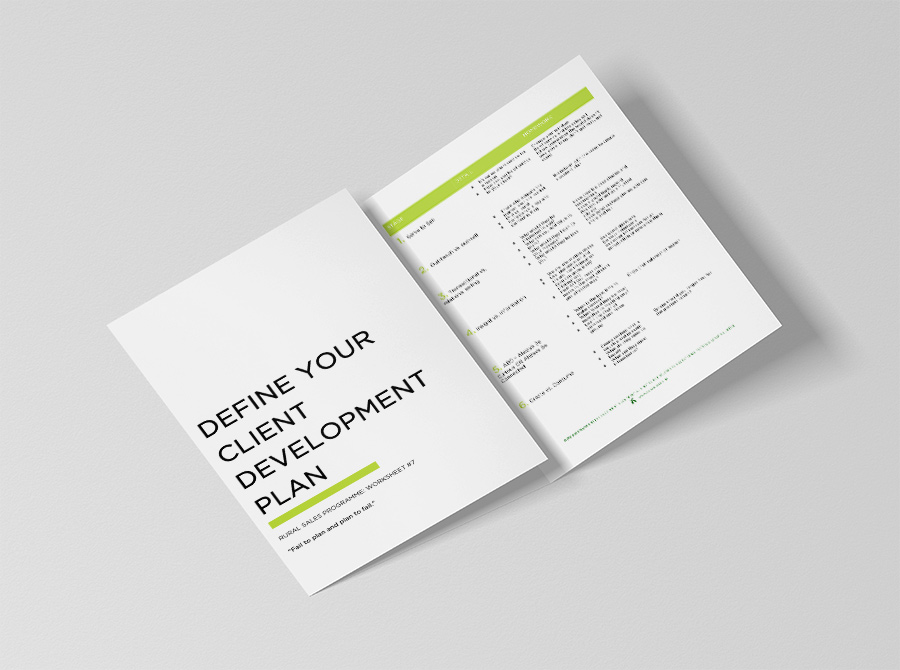NZ Ag: Why Spray And Pray Advertising Is A Waste Of Time
As I flicked through last week’s thinner rural press, I noticed the same ads in there which got me wondering how effective are they in terms of ROI? When I’m talking to farmers they don’t fill me with confidence that they sit up and take notice these ads or run straight down to their local retail merchant. So what role does advertising play?
Advertising plays a part in the marketing mix but is only one part of influencing the buying process. It is not the “set and forget” silver bullet unless of course it’s hard out retail where advertising offers can be effective. However any marketing manager that relies on a heavy advertising presence to implement their marketing plan could be miseducated and should be challenged especially in smaller or medium rural companies where those same advertising dollars can’t be justified on softer brand presence or consideration measures. Remember too that rural customers do not distinguish between a “brand ad” or a “retail ad” like us marketers do. They just see an ad and you need to get a response from them to take a preferred course of action. If you can’t, you’re wasting precious budget.
When it comes to maximising those hard-earnt marketing dollars, there are 3 smarter disciplines to remember in this order of priority:
1. Owned Media – your website, blog, social media accounts (eg. Facebook, LinkedIn, Twitter, Instagram) and email newsletter are vital owned assets in your marketing armoury. If you’re not part of the conversation, how can you control or influence it? Blog regularly and stay in contact with your customers regularly with relevant and timely content to position yourself as a subject matter expert. If you can customise or regionalise content even better. And make newsletters newsworthy. Quality of content will always beat quantity of content.
2. Earnt Media – known as PR or media relations. It is not your God given right to assume an editor will run an editorial piece about your latest new fangled thing. They are the gatekeepers on content. Like you would preparing for any industry conference, do your homework and think about the needs of your audience, not about yourself. How can you best serve vs. sell? What do they want to know or hear more about? If in doubt, get some professional advice from qualified PR practitioners.
3. Paid Media – this is your third and final option, not your first. If the other two aren’t working then this can be your backstop to complement the other two. Rural readership, despite they or AC Nielsen telling you, seems to be either falling or plateauing for most rural publications. If you are going to advertise, be strategic about where and how you execute and see if you can negotiate editorial support for advertising support. More local, district papers are more likely to be widely read by their community and will always be interested in local, newsworthy content with a human angle. The end choice will come down to brand, category and audience so choose well.
A brand’s impression and positioning has always been formed in the minds of your customer through multiple touch points that are reinforced across many facets and interactions, not just ads in the farming press. How your people interact with your customers is the story they will tell, not the one you promote in glossy brochureware. What we in the trade call Customer Experience or CX. The experience of your product or service is another vital factor whether on site at Fieldays or through a dealer, re-seller or merchant. The way you treat your people will be the way they treat your customers and is summed up beautifully by Sir Richard Branson: “If you look after your staff, they’ll look after your customers. It’s that simple.”
Relationship marketing is numero uno in rural. Farmers have and will always buy people over companies. That’s often why stock agents and real estate folk command such premiums because of the “book” they have. People buy them before the business (and that’s where you need a marketing system – a subject for another blog). Relationship marketing is also known as Word of Mouth but as I’ve always said to those that know me well, I prefer to focus on word of which mouths. The people who endorse or detract your brand are not every created equal so specificity is key. Some will have a higher profile and respect from their farming peers in their community or ward. And remember influence or word of mouth can be good (advocates) or bad (detractors). Your job is to look after your positive advocates and convert your negative detractors. Focussing on advocates alone is taking the easy road. Take a recent example. Radio Sport’s Mark Watson has been a Emirates Team NZ detractor for years. He didn’t appreciate the elite rich man’s sport which made sense from a former professional triathlete and coach who prides and identifies themselves through grit, determination and sacrifice. What did ETNZ do? They turned him from an active and very public detractor into a great advocate by hosting him and helping him gain a greater understanding of what they’re about and how they do things. They invested in him and now you can’t shut him up about them.
When you’re next looking at your marketing budget and plans, think broader. Consider the other channels available whether it be owned, earnt or paid media using great content. Influencer and relationship marketing strategies can be effective too.
Hit and hope, spray and pray advertising should never be your only option.




